How photographer Ines Thomsen lights up AI images with Profoto
Written by: Shannon Sharpe
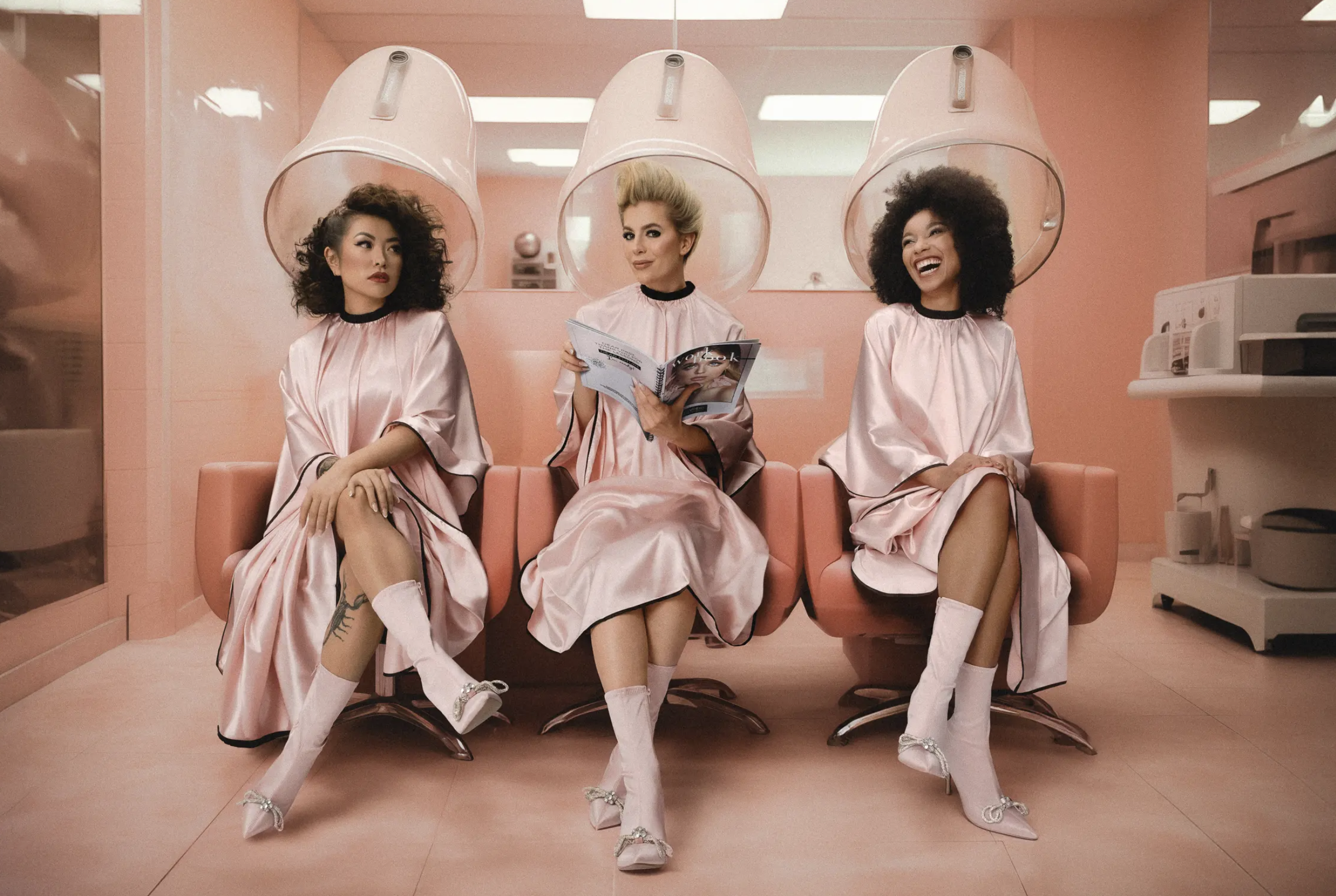
The ever-evolving role of AI in society makes many photographers nervous. This isn’t the case for Ines Thomsen who takes the opposite view: artificial intelligence doesn’t replace talent, it amplifies it. Here she discusses how she balances this exciting technology with her creative skills, and how Profoto’s easy-to-use light-shaping gear and fast, reliable flashes help her achieve this.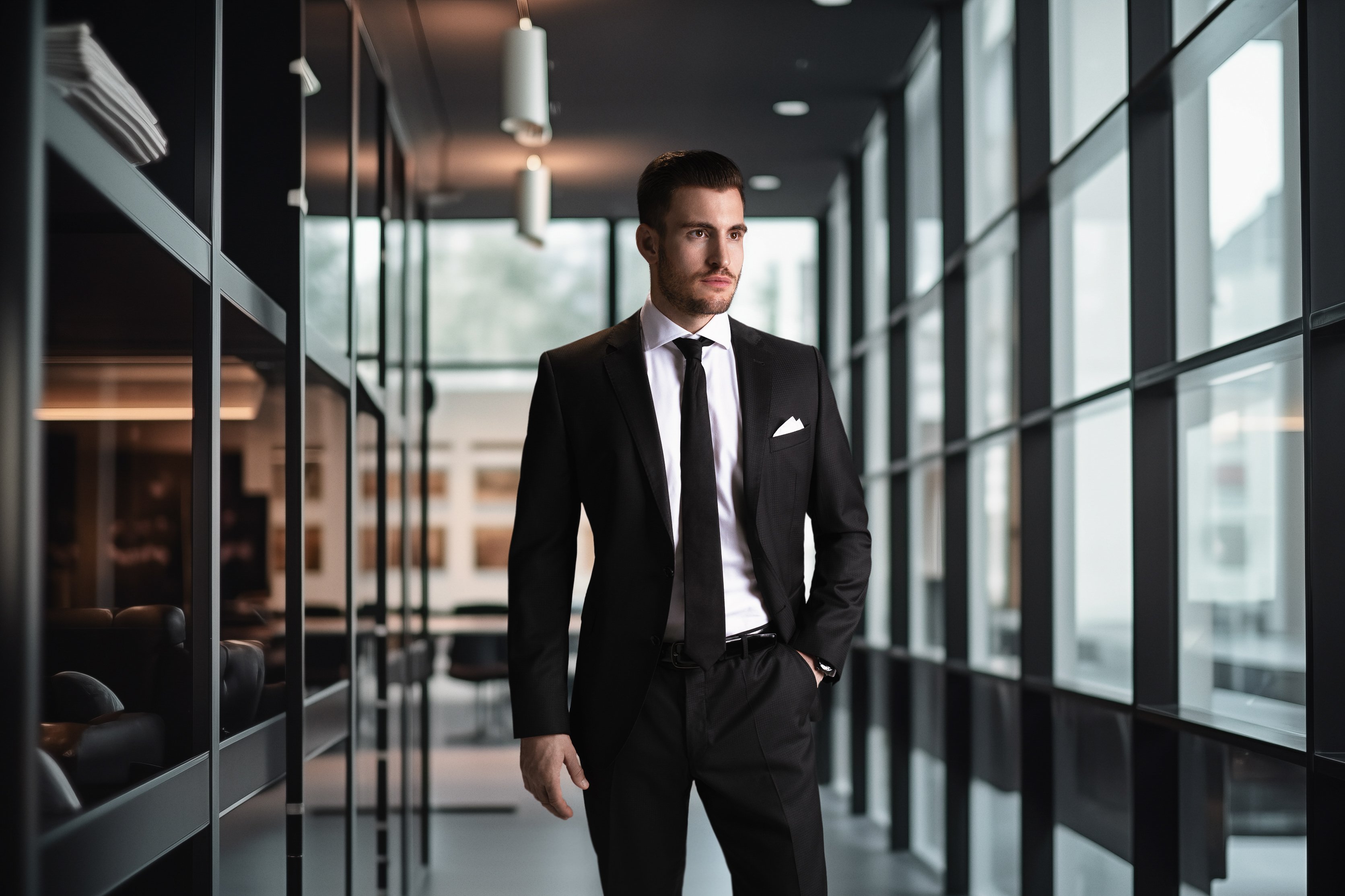 Photo: Ines Thomsen
Photo: Ines Thomsen
“When I first learned about AI, I had a panic attack,” says portrait, commercial, and lifestyle photographer Ines Thomsen. “I really thought I’d lose my job within a year.” The trigger? Her longtime collaborator, photographer and AI educator Martin Dörsch. “Martin pushed me so deep into this rabbit hole, there was no way back,” she says with a laugh. Now the two are co-authoring a book on how creatives can embrace AI—while staying grounded in their values, maintaining creative control, and acting responsibly. “We’re right in the middle of the wave,” Thomsen says. “And instead of resisting it, we’re learning how to ride it—with intention and balance.”
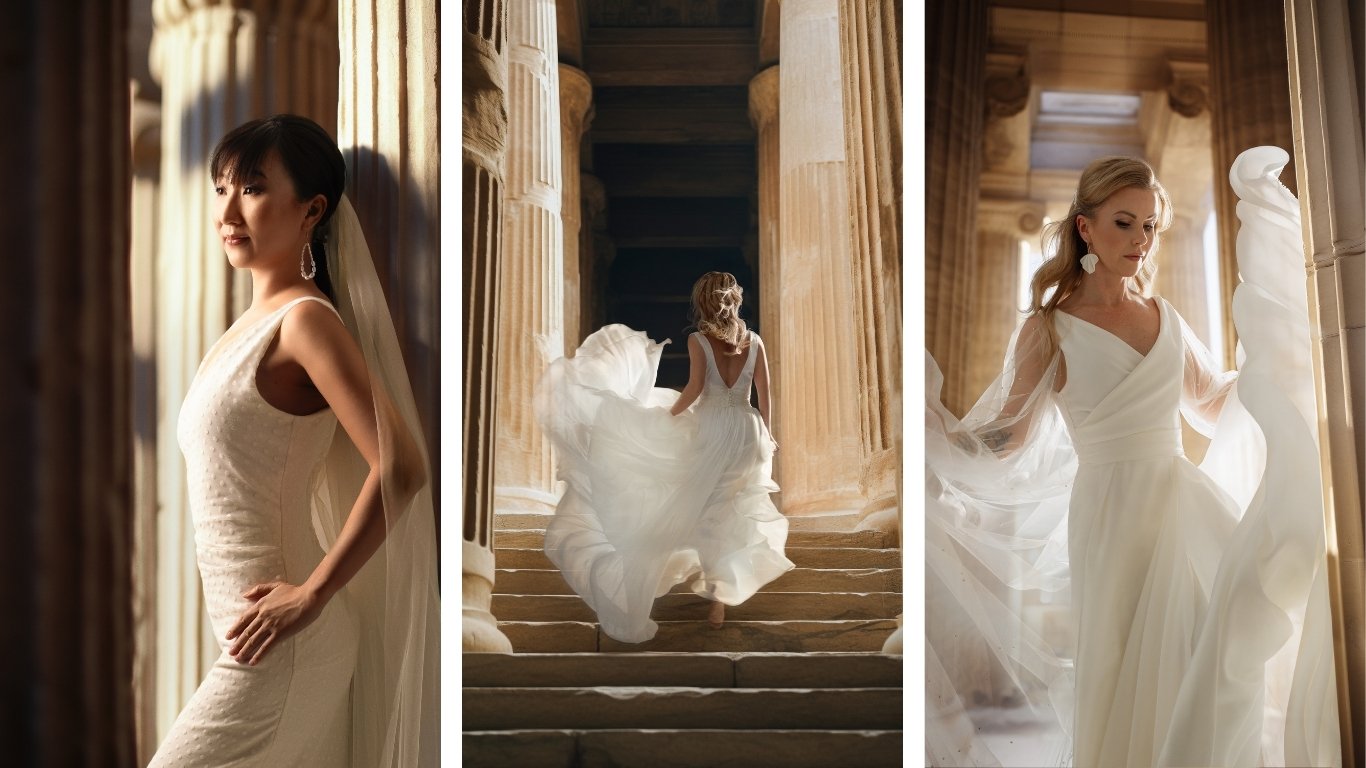 Photo: Ines Thomsen
Photo: Ines Thomsen
Photography’s new frontier
The key to working with artificial intelligence, Thomsen explains, is using it as something that can aid your work rather than thinking that it will hinder your career. Her workflow is constantly evolving with the technology. Currently, she puts custom Chat GPT prompts in Midjourney to create images with backdrops that range from the Mediterranean coast to the streets of New York City. “I always generate my AI scenes with a model in them—not just the background,” she says, “so I can observe exactly how the light falls on the face and body. I remove the AI model from the image after I analyze the direction, softness and color of the light. Then I recreate that lighting in the studio using my Profoto gear.”
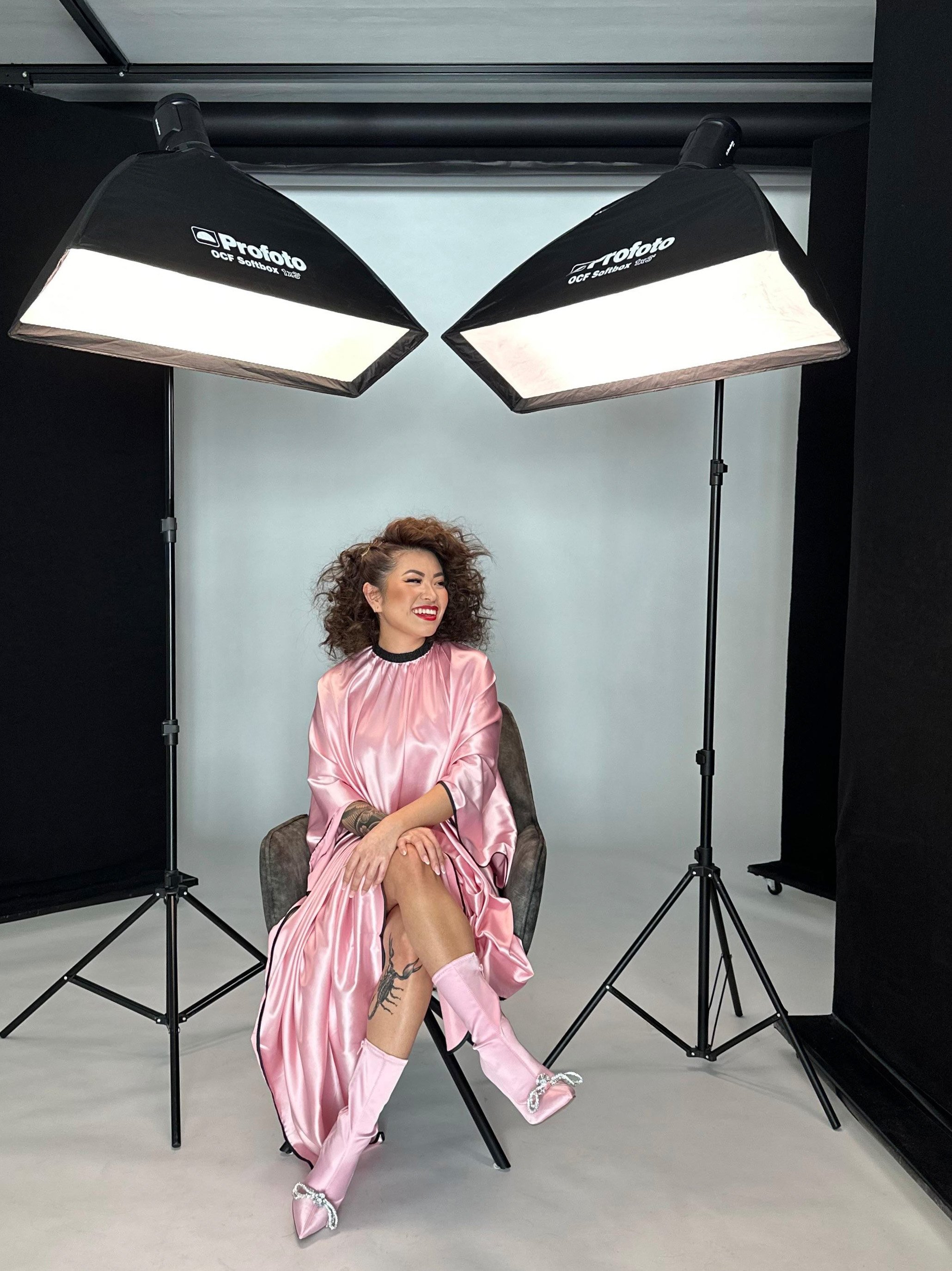 Photo: Ines Thomsen
Photo: Ines Thomsen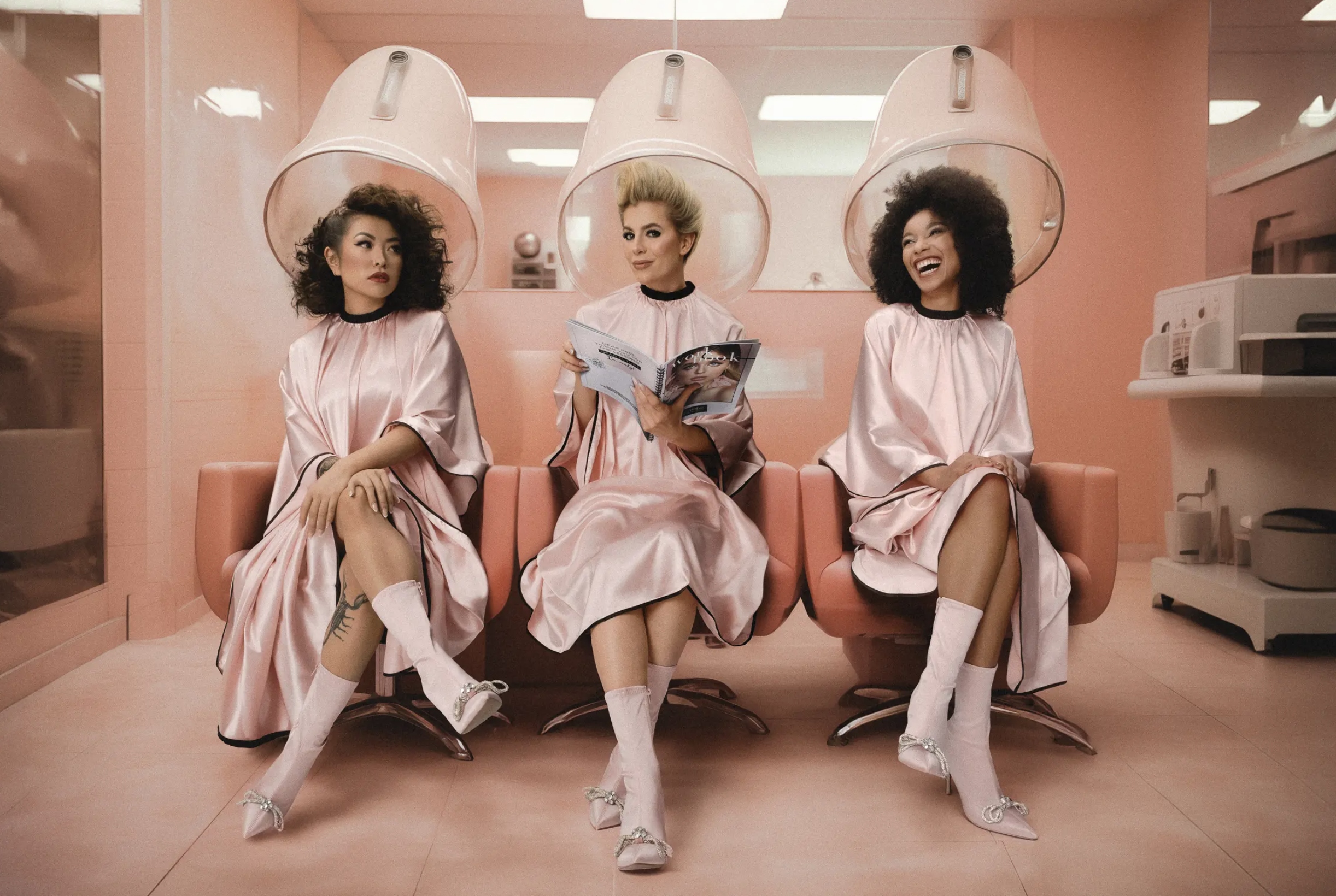 Photo: Ines Thomsen
Photo: Ines Thomsen
It’s a process that requires a balance of light-shaping expertise and technological acuity. “You still need to have the human interaction and photography skills,” Thomsen says. “You have to have the right light. You have to have the right camera angle, the right perspective, the right mood, the model communication. All of those things need to work out.”
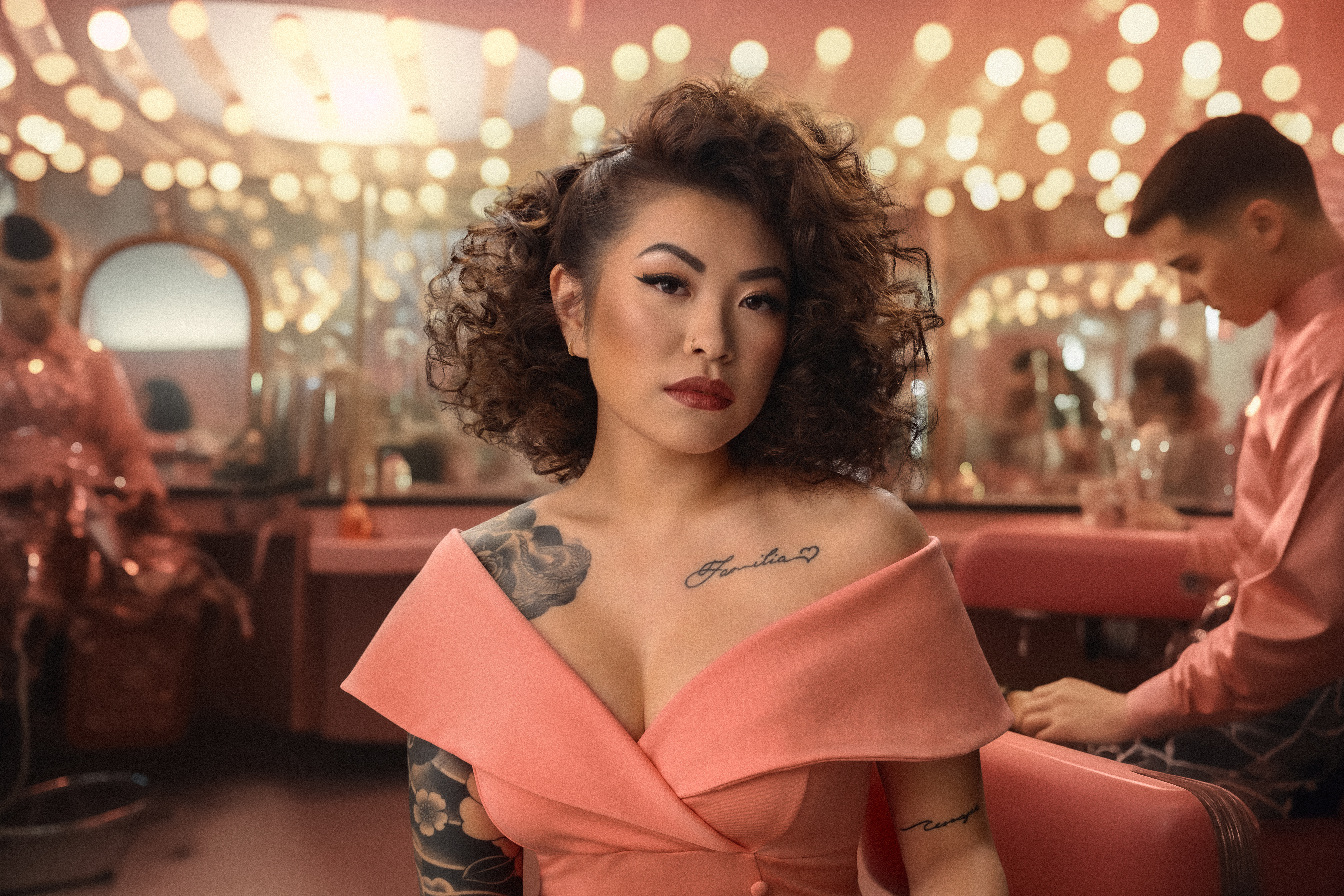 Photo: Ines Thomsen
Photo: Ines Thomsen
The power of light in the age of AI
Thomsen emphasizes that AI doesn’t eliminate the need for photographers. Rather, those who have a well-developed skill set have the opportunity to find even greater success. Professional photographers have an edge over others creating AI images because they know how to put together the puzzle pieces, such as shadow, light and color. “You need to understand light deeply: direction, softness, temperature, intensity,” Thomsen notes. “If you can’t recreate the light from the AI background in your studio, the final image won’t feel real.”
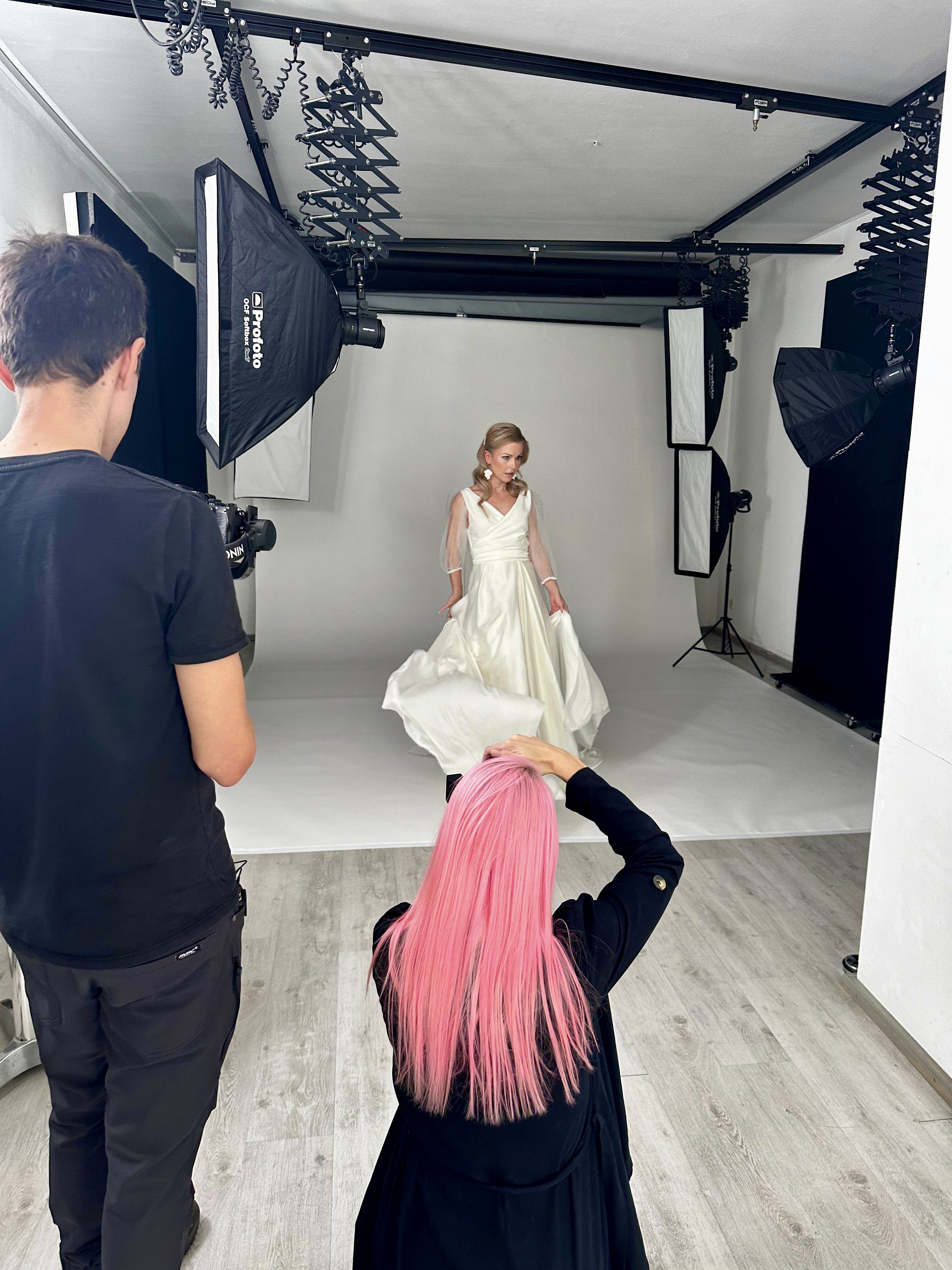
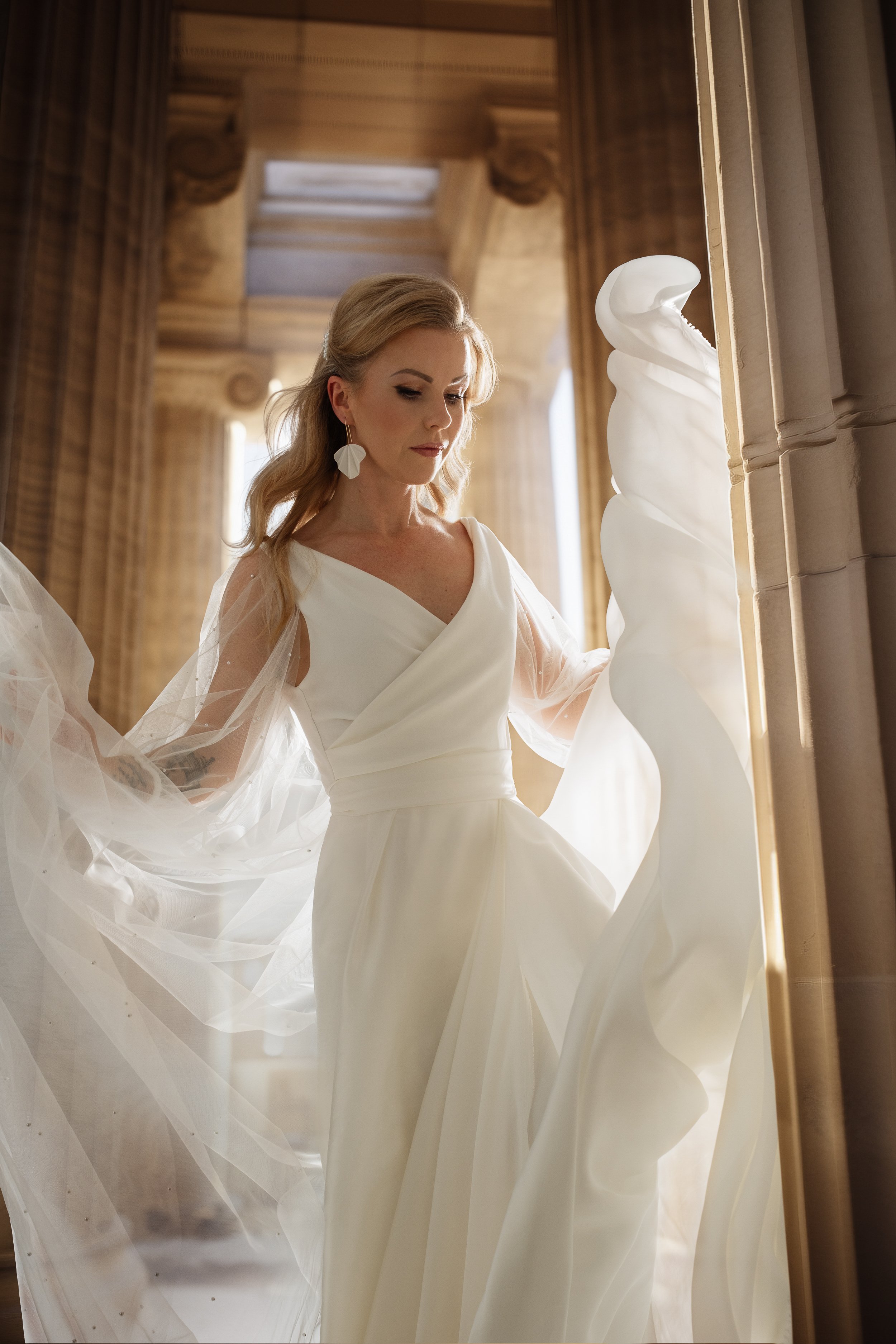 Photo: Ines Thomsen
Photo: Ines Thomsen
Cutting costs, not creativity
Thomsen’s clients are quickly realizing the benefits of artificial intelligence, both from a financial and logistics perspective. While Thomsen says that the amount saved varies depending upon the production, the AI-assisted workflow sharply reduces (and, at times, completely eliminates) the most expensive line items on the budget. Think flights, hotels, location fees and set builds.
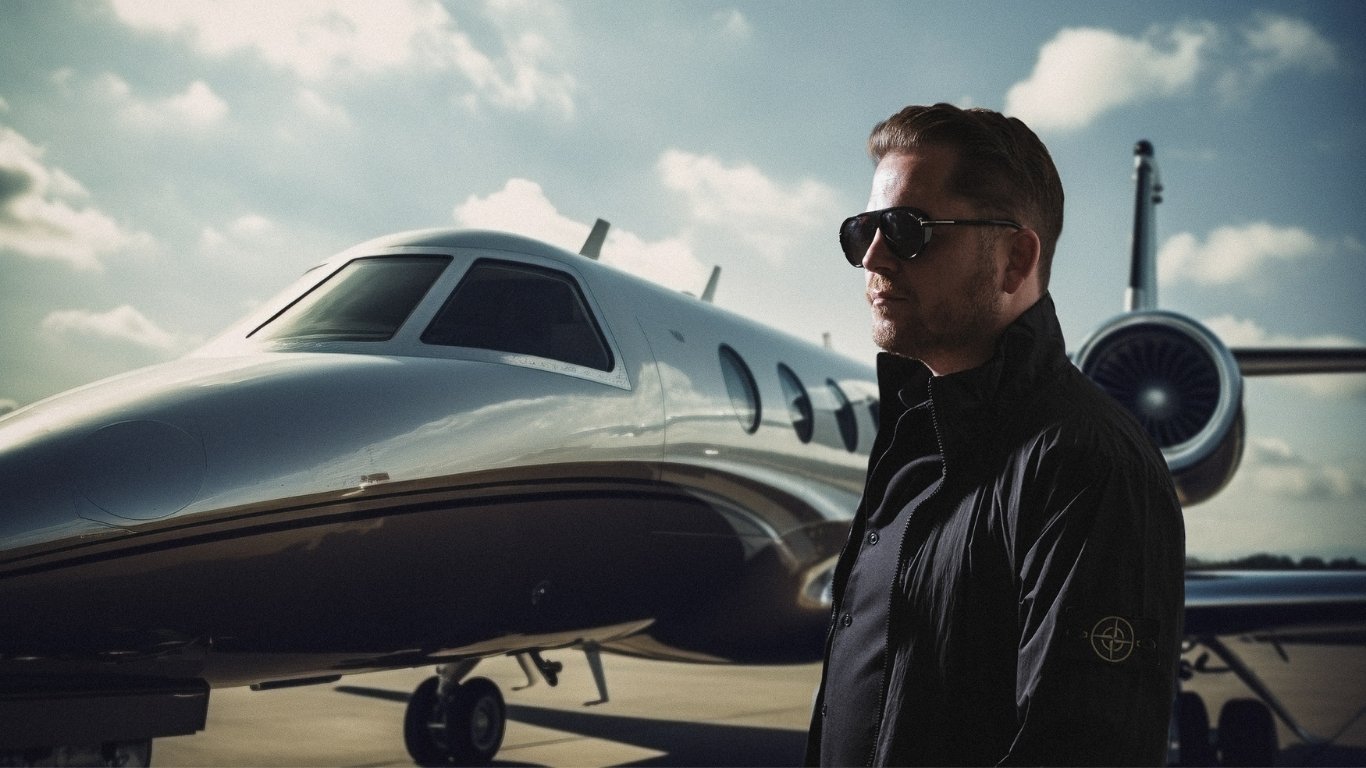 Photo: Ines Thomsen
Photo: Ines Thomsen
“If I tell them ‘You don’t have to travel to Greece with 10 models for a week for this shoot. You don’t have to pay for flights and food because we can do it in two days in the studio,’ they appreciate that,” she says. This is especially advantageous to small companies that don’t have the budget for pricey location shoots. “It’s really amazing how much you can do in a studio,” she notes. “You have a makeup table and changing room. You don’t need to worry about the weather. It’s both easier and more affordable.”
New opportunities with AI
“Traditional shoots are still very much alive, especially in the corporate sector,” notes Thomsen. “But AI has opened doors that were previously closed.” Currently half of her commissions involve some sort of AI components. Smaller businesses have the ability to commission shoots that, in the past, required huge budgets and complicated logistics. “Rather than doing more of the same,” Thomsen notes. “We’re seeing new kinds of jobs that wouldn’t have come our way without the AI pipeline.”
 Photo: Ines Thomsen
Photo: Ines Thomsen
Profoto lights the way
Profoto gear is pertinent to the success of these studio shoots, as the fusion photography Thomsen is creating needs to be crafted with more detailed light. She works with a range of products—B10 monolights, Softbox modifiers and Clic gels, among others—for the shoots. “If the AI background shows a sunset behind the model,” she says. “I’ll recreate that glow with a Profoto monolight and an orange gel. If the mood calls for harsh, edgy light, I’ll reach for the OCF magnum reflector. If the image feels soft and painterly, I choose the light shaper that gives me the closest match to the AI-generated mood.”
As AI fusion photography continues to evolve the right lighting is more essential than ever before. “Because I’m blending real, studio-lit people into AI-generated environments, every nuance matters,” Thomsen says. “It’s about more than exposure — it’s about believability, atmosphere, storytelling.”
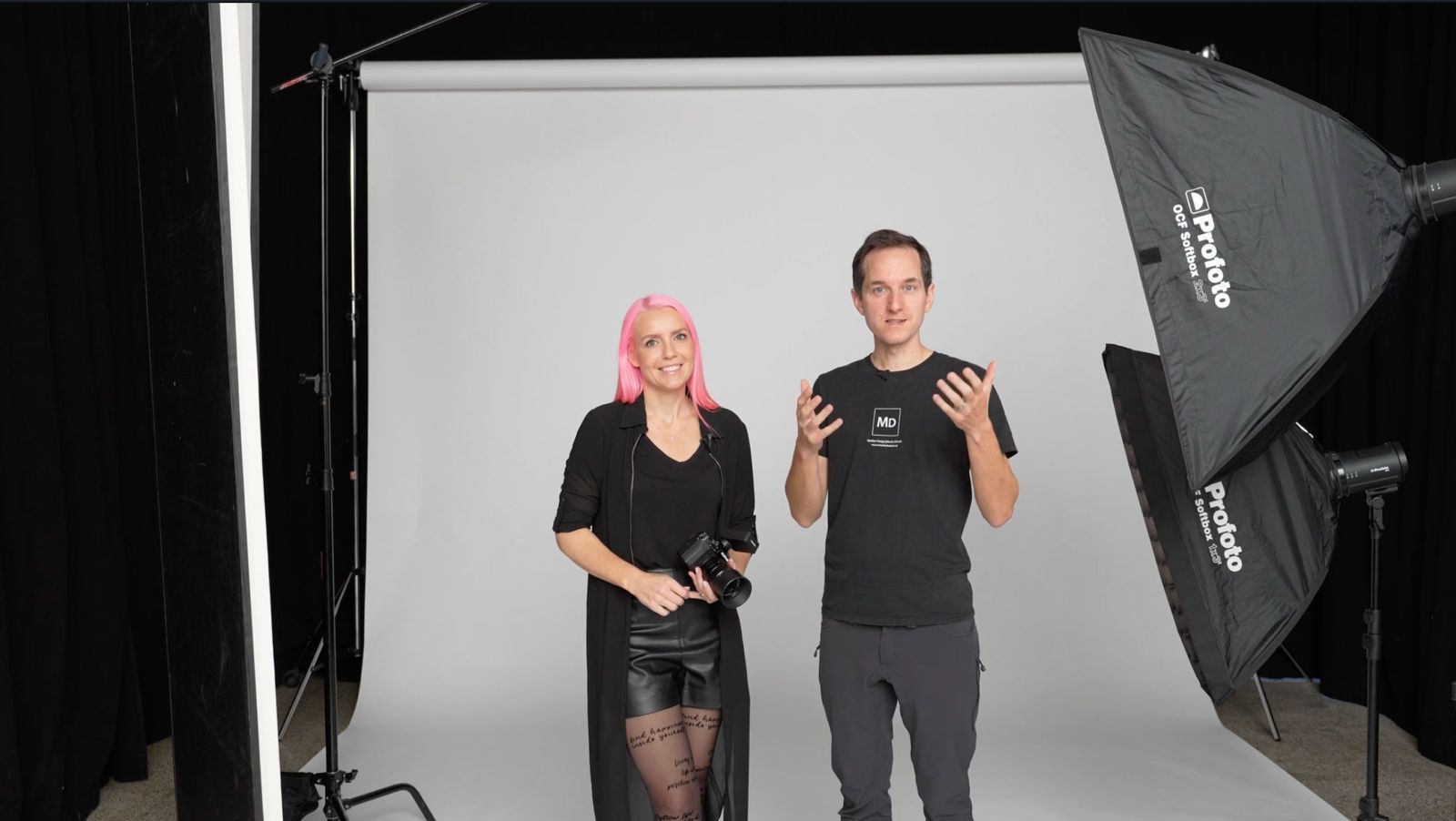
To learn more about Ines Thomsen's work, visit Share the Light and https://ines-thomsen.com
To learn more about Martin Doersch's work, visit: https://www.martindoersch.at
Concept, Photography & AI Generation: Ines Thomsen
Postproduction: Denisa Krycnerova